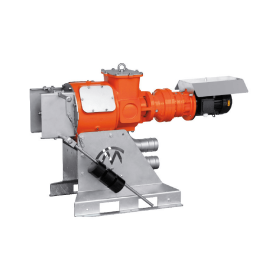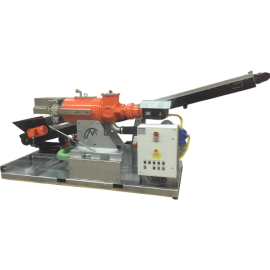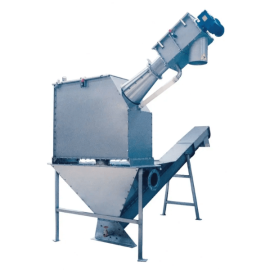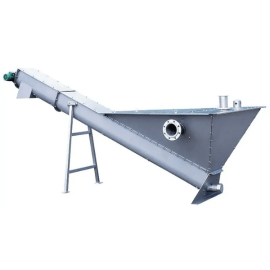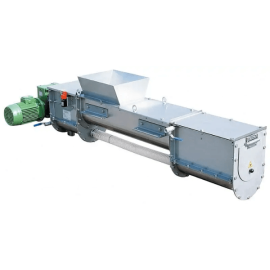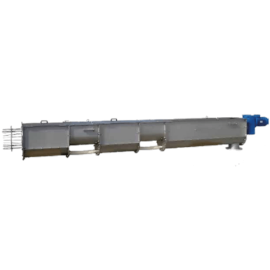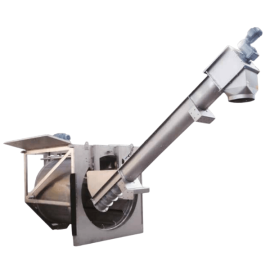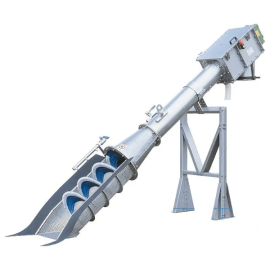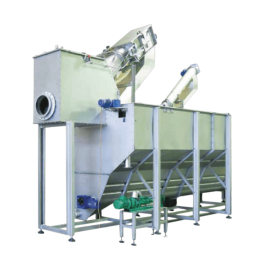Separators & Screening
Our extensive range of separators and screen compactors includes products that can be used on farms and abattoirs, as well as in the paper, food and biogas industries. They’re designed to be energy efficient, robust and easy to maintain and use.
Our screw press separators are used for removing solids and liquids, from materials such as vegetable waste and animal slurry, while the Washscrew can reduce the volume of solids by up to 80%.

